In the midst of strategizing, we can win from a thousand miles away. Hello everyone, I am Lin Chao, a global financial market observer, focusing on cryptocurrency market analysis, bringing you the most in-depth trading information analysis and technical teaching.

Recently, the market has been dull and repetitive, occasionally leading users to make short-term trades. Lin Chao has summarized that many fans, as beginners, are often very interested in making profits during such periods. However, the energy spent on monitoring the market compared to the gains is not worth it for me. Therefore, Lin Chao advises everyone that trading is possible during such times, but frequent trading should be avoided. Beginners often tend to pursue sensory stimulation, but to achieve long-term profits, this needs to be overcome.
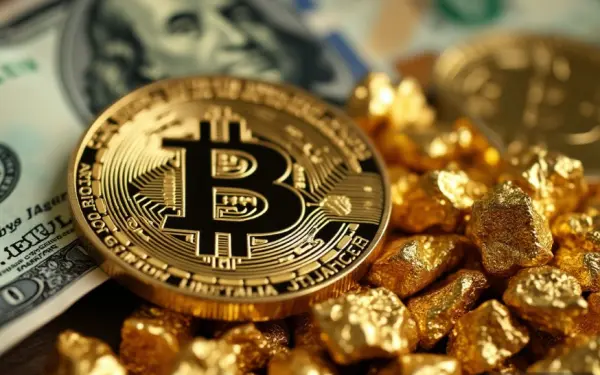
Trading is similar to Texas Hold'em poker, both seeking to maximize long-term win rates as the "optimal solution," rather than the thrill after a single all-in. However, the key difference between the two is that poker has community cards and a limited probability space, where each step can derive a mathematical expectation and approximate optimal calculations using models like GTO. In trading, there are no "face-up cards," and the so-called probability advantage can only be explored through extensive long-term data accumulation and market feel training. Today, Lin Chao has summarized the key points of the Turtle Trading Method to share with everyone, hoping to help you face your mindset during trading.

Holding on stubbornly when losing means being reluctant to cut losses. Many people think to themselves: "I would rather not make money than cut losses!" In futures trading, due to leverage and high volatility, it is relatively easy for everyone to recognize the necessity of cutting losses. However, in stocks and the cryptocurrency market, there are countless people unwilling to cut losses. Why? They always hold onto the thought that "the bull market will eventually come back," which becomes their best excuse for stubbornly holding on. But real trading definitely requires cutting losses, and the more decisive, the better.
Being trapped by "sunk costs." Because they hate losing money, they develop a wrong attitude towards "sunk costs." Sunk costs refer to money that has already been spent and cannot be recovered. Economist Xue Zhaofeng clearly states: "Sunk costs are not costs." But most people cannot get over this hurdle. For example, in a book, there is an example: a company spends 100 million dollars on a project, only to find a better technology. Logically, they should decisively abandon the old project for the new one, focusing on the future. But the company thinks, "Isn't that 100 million just wasted?" As a result, they may stubbornly continue with the old project, which is being trapped by sunk costs. The same goes for trading; many people stubbornly hold onto a losing coin, not only out of fear of losing money but also thinking, "If I sell now, won't the previous loss be for nothing?" Thus, they hold on, waiting to break even, completely ignoring how well other coins are performing. This is just like that company, missing out on better opportunities because of past investments. Moreover, the more they lose, the harder it is to let go, which is why some people can hold onto a coin until it goes to zero without wanting to cut losses. Many people finally uninstall the app because they think, "I've already lost so much; cutting losses would mean losing everything." But in reality? The future market movements have nothing to do with how much you lost or how much you invested! So Lin Chao reminds everyone, cut losses when necessary, let profits retrace when needed, and don’t keep fixating on those sunk costs.
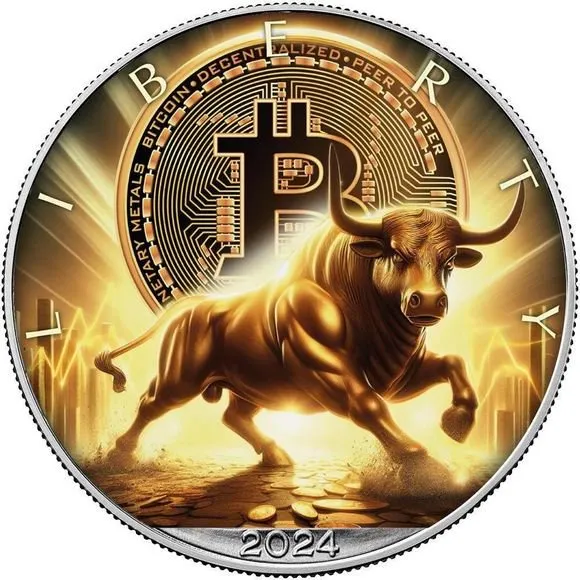
Getting anxious with a bit of profit, eager to secure it. The book refers to this as the "disposition effect." Lin Chao believes this is mainly due to the fear of losing money and fear of uncertainty. When there is a floating profit in the account, people start to feel anxious: Is this profit stable? Will it drop back down? This uncertainty makes people uncomfortable, and they desperately want to close their positions to lock in profits. Especially when floating profits start to fluctuate, the urge to close positions is strongest. But trading requires you to embrace this uncertainty. To capture major trend movements, you must withstand fluctuations when you have floating profits. Only then can you expand your "profit-loss ratio" (earning more when you profit and losing less when you lose), achieving the goal of long-term profitability in your trading system. The mindset of "taking profits when they look good" is destined to miss out on trend movements.
Focusing only on results, not the process (result bias). Many people judge the quality of a trade solely based on whether they made or lost money in the end. If they made money, they feel it was right; if they lost, they feel it was wrong, completely ignoring whether the underlying logic is reasonable. Professional traders, on the other hand, place more emphasis on trading logic. If the logic is correct, even if they lose on a single trade, it is still a correct trade; if the logic is wrong, even if they profit from that trade, it is still a wrong trade. For example, "stubbornly holding on": many people hold on and actually manage to break even. Under result bias, they think this method is correct, but one day they encounter a market movement they can't hold onto, leading to a direct liquidation. Many people also make money in the short term by luck, which reinforces their incorrect behavior patterns under result bias, ultimately leading to failure. Why is there a market for boasting in trading? Because everyone generally believes "those who make money are the experts; whoever makes more is a master." In this uncertain and leveraged market, the randomness of single or short-term results is very high, while stable trading logic is the key to long-term success. It is better to focus on logic than on results.
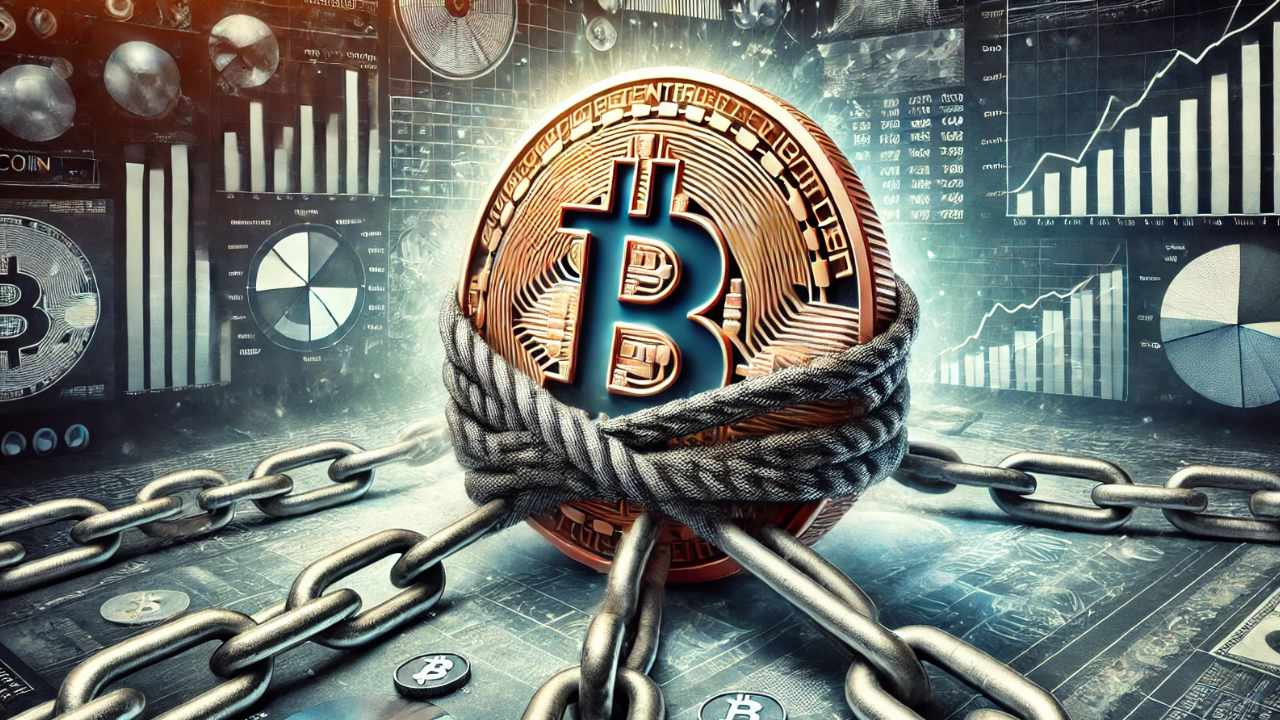
Overemphasizing recent events (recency bias). Many people use a method, and as soon as they incur a few consecutive losses, they immediately say, "The market has changed" or "The method has failed." For example, the Turtle Trading Method itself has been tried by many, but as soon as they encounter a period of consecutive losses, they say, "Too many people know this method; it has long since failed." In reality, very few can truly use this method well; a small number understand its logic, while most do not understand it and change methods at the first loss, being led by "recency bias." They do not realize that no trading method can always make money; every method has its "unfavorable periods." To succeed, one must extend the time frame and look at issues from the perspective of logic and overall system performance. The mindset of "whoever makes more recently is impressive, while those who were good in the past but are losing recently are not" is typical outsider thinking. Trading stars are common, but long-term winners are rare; unfortunately, many people do not understand this.
Following the crowd (herding effect). This is simple: whatever others believe, they follow. For example, many people say, "The Turtle Trading Method has long since failed." Have they really verified this? No, they just say so because everyone else does. In trading, independent thinking and insight are particularly important, helping you avoid this blind following. Therefore, Lin Chao emphasizes again that everyone must establish their own trading system, which is absolutely core.
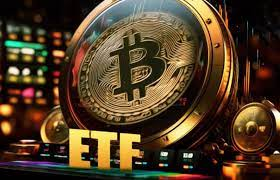
Being anchored (anchoring effect). This is a psychological term meaning that when people make judgments, they are easily influenced by first impressions or initial information, like a ship being anchored. This is particularly evident when exiting trades. Why do many people not act when the market is falling and losing, but rush to exit when it rebounds near the cost price? Besides the fear of losing money and fear of uncertainty, another reason is the "anchoring effect." Some users have made a fortune from 50,000 to over 10 million, only to fall back to 30,000. Why not take profits when it retraces to a certain extent? First, they may have made that much by stubbornly holding through the retracement (which is inherently risky). Second, during the retracement, they think, "My account has been that high before; if I close now, won't I be giving up the profits I had?" They treat that previous high point as a psychological "anchor." As the account continues to decline, they are locked in by this anchor, unwilling to let go, ultimately falling as much as they rose. This is too common in trading. The solution is to set reasonable exit rules (such as dynamic trailing stops), understand that retracements are the price of capturing trends, and calmly accept a certain degree of profit retracement. If you don't bear the retracement, how can you hold onto the right direction?

Lin Chao's Summary
I actually have no emotions about the market: neither particularly optimistic nor too pessimistic, and I certainly won't gamble on a crash or a surge. I only care about three things: where the odds are high, whether I can execute, and whether the risks are controllable. If the market is favorable, then earn a bit more; if not, then minimizing losses or breaking even is a victory. If there are no opportunities, just wait patiently for "opportunities that won't incur losses." Therefore, Lin Chao emphasizes again that short-term operations can be done, but they should not be frequent.
Looking at the current market, Bitcoin has triggered a 4-hour overbought condition, while the price structure shows resistance. There are two logics for handling positions. The first is the most conservative approach—first take profits on part of the long position, then adjust the stop-loss line to EMA20/50. If the price subsequently falls below EMA20/50, then close all positions passively to preserve existing profits. The second approach is to close all long positions and then switch to shorting at an opportune moment, betting on a pullback from overbought conditions and previous high resistance. There is no absolute right or wrong between these two plans; the choice entirely depends on your trading fundamentals and operational style. Discuss breakouts after they happen; if there is no breakout, treat it as if there was none, and first secure the profits that should be secured.
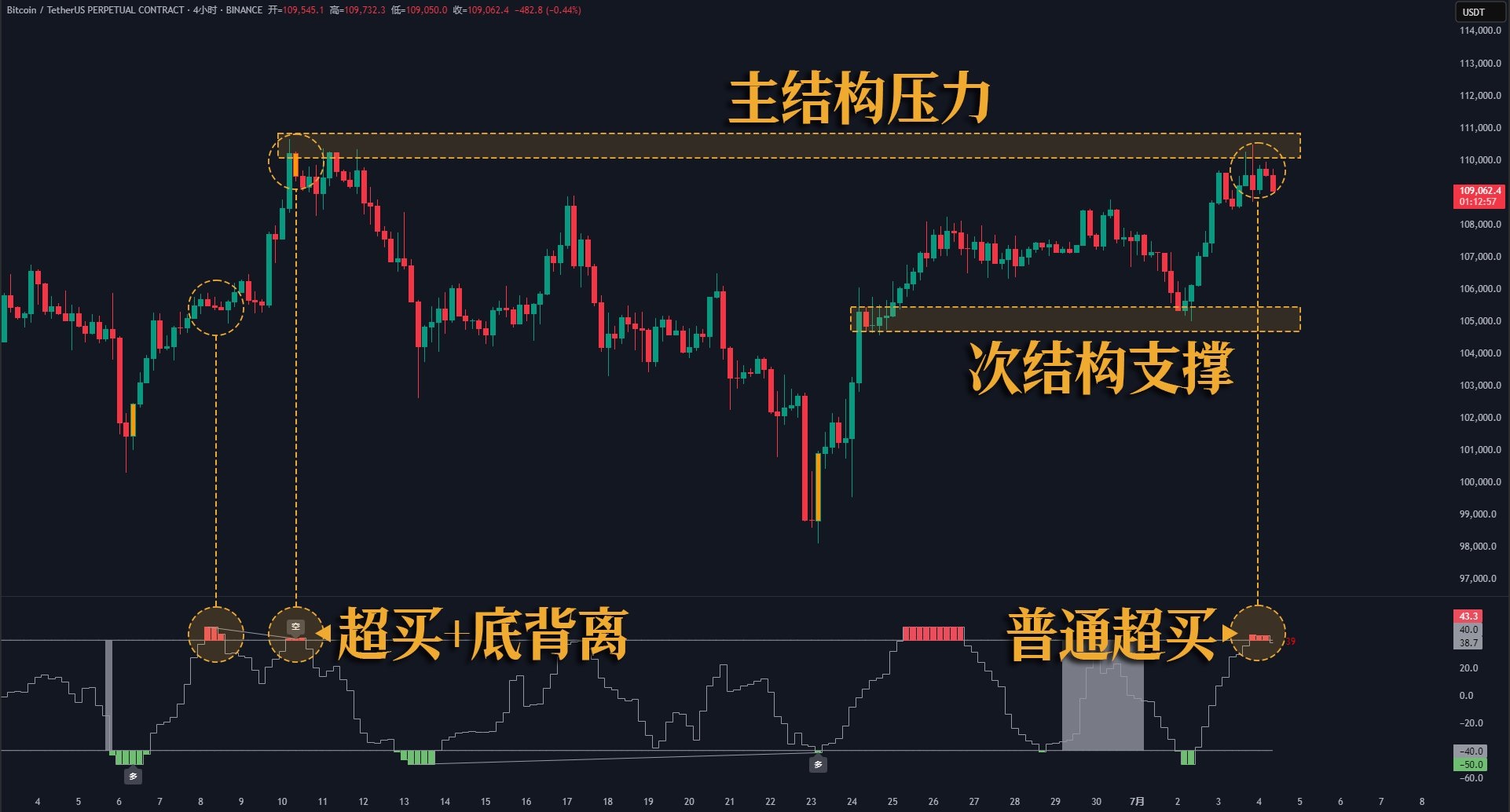
Currently, the trend of SOL is not only boring but also contradictory. From the daily moving averages, the price is still below EMA200, leaning bearish; but from the pattern, it looks like a potential head and shoulders bottom. The most frustrating thing about this trend is that it is unclear now, and once it breaks out, looking back, everything seems very obvious. In such a market, there are only two choices: find high-odds short-term opportunities in the intraday window, or completely avoid it until a clear structure appears.
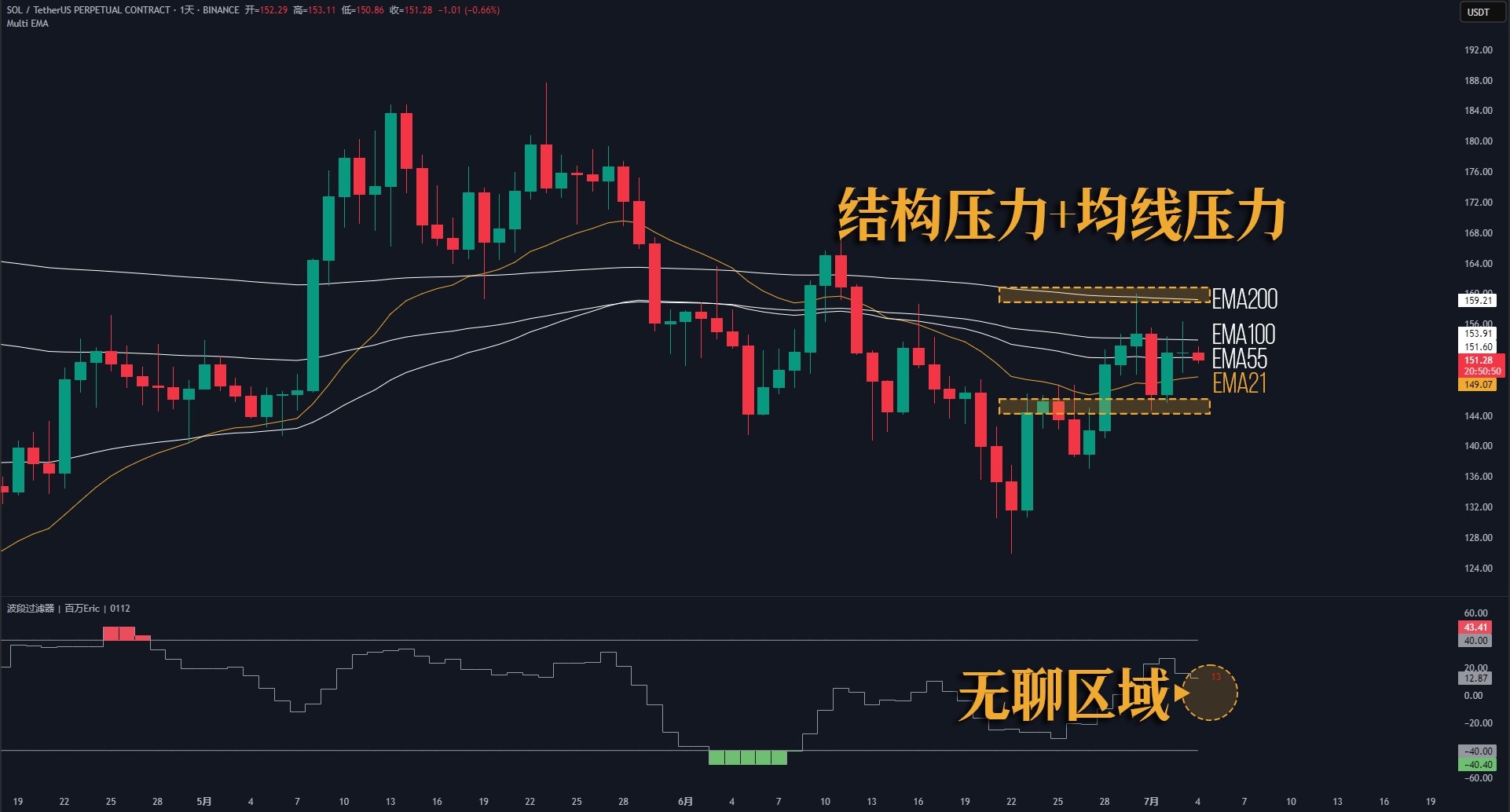
Success in investing depends not only on choosing good targets but also on when to buy and sell. Preserving capital and making good asset allocations are essential for steady progress in the ocean of investment. Life is like a long river flowing into the sea; what determines victory or defeat is never the gains and losses of a single pass or a moment, but the confluence of many rivers!
The global market is ever-changing, the world is a whole; follow Lin Chao to gain a top-tier financial perspective.

For real-time consultation, feel free to follow the public account: Lin Chao on Cryptocurrency.
免责声明:本文章仅代表作者个人观点,不代表本平台的立场和观点。本文章仅供信息分享,不构成对任何人的任何投资建议。用户与作者之间的任何争议,与本平台无关。如网页中刊载的文章或图片涉及侵权,请提供相关的权利证明和身份证明发送邮件到support@aicoin.com,本平台相关工作人员将会进行核查。




